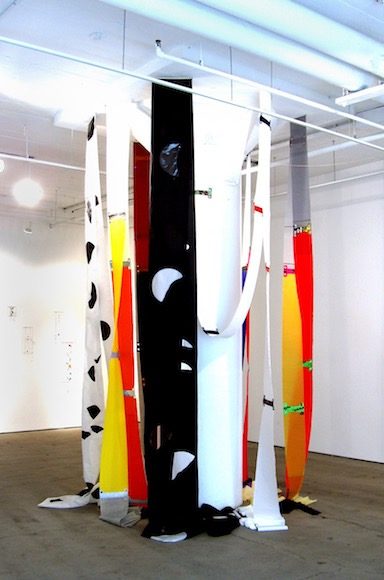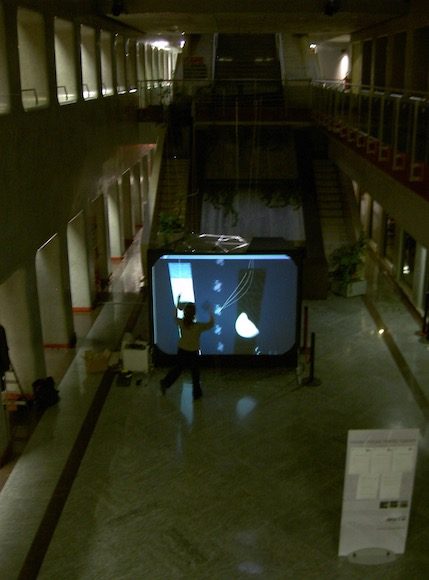Heads and Tails: Hommage to Merce
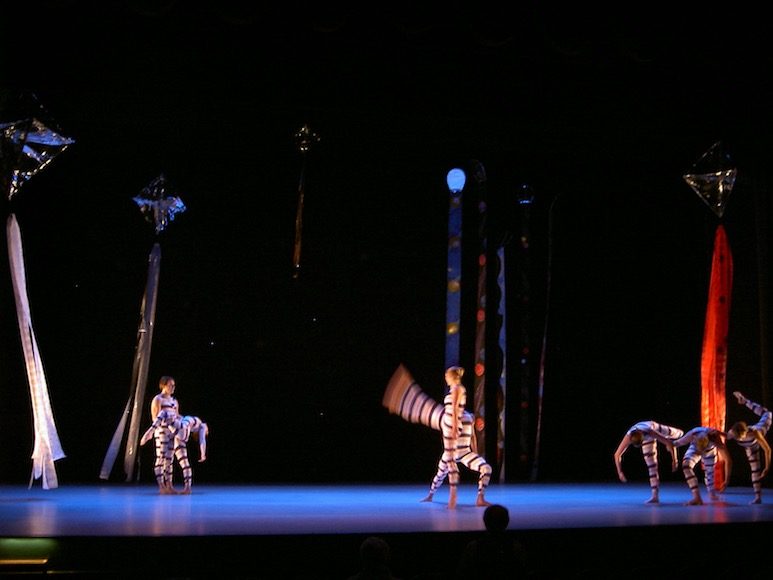
Joyce Theater, 2004
Courtesy of Merce Cunningham Dance Company
Photo by Gill Eatherley
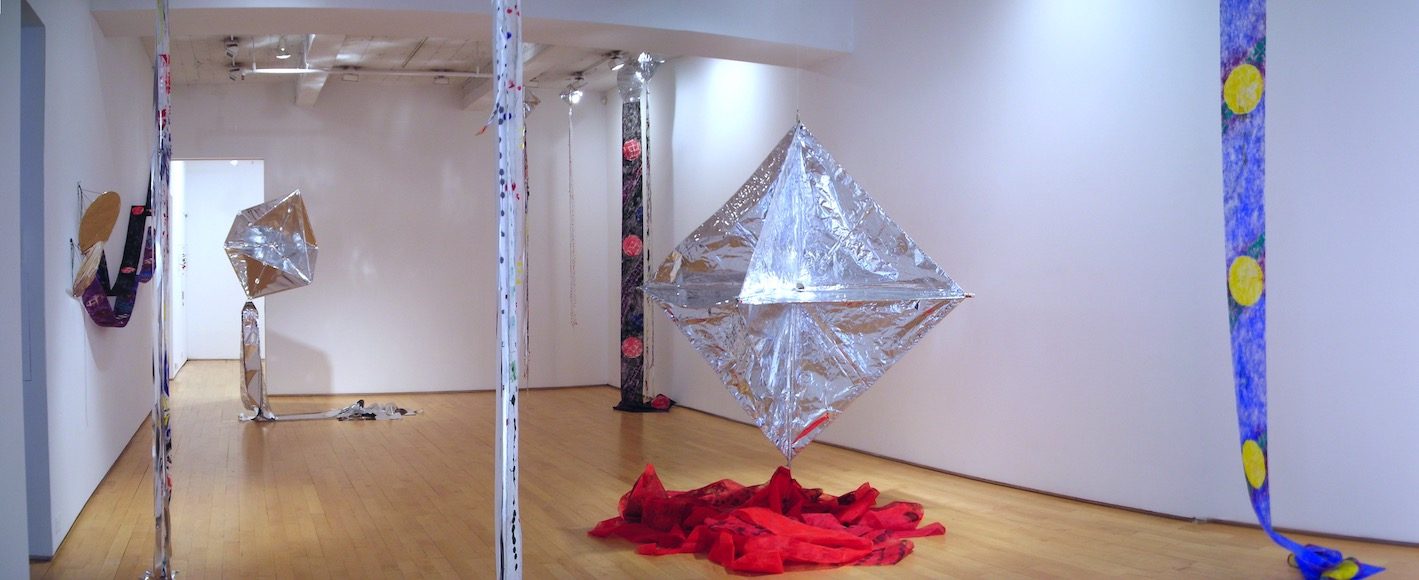
Heads and Tails: Hommage to Merce
Solo exhibition by Jackie Matisse
Installation view
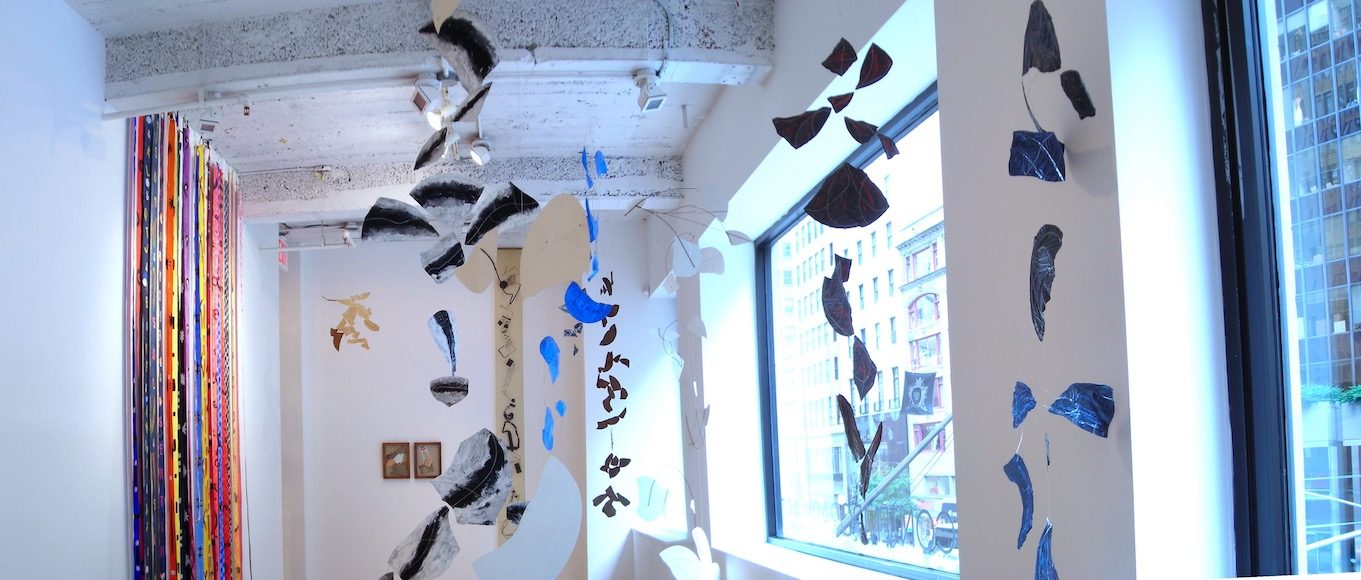
Heads and Tails: Hommage to Merce
Solo exhibition by Jackie Matisse
Installation view
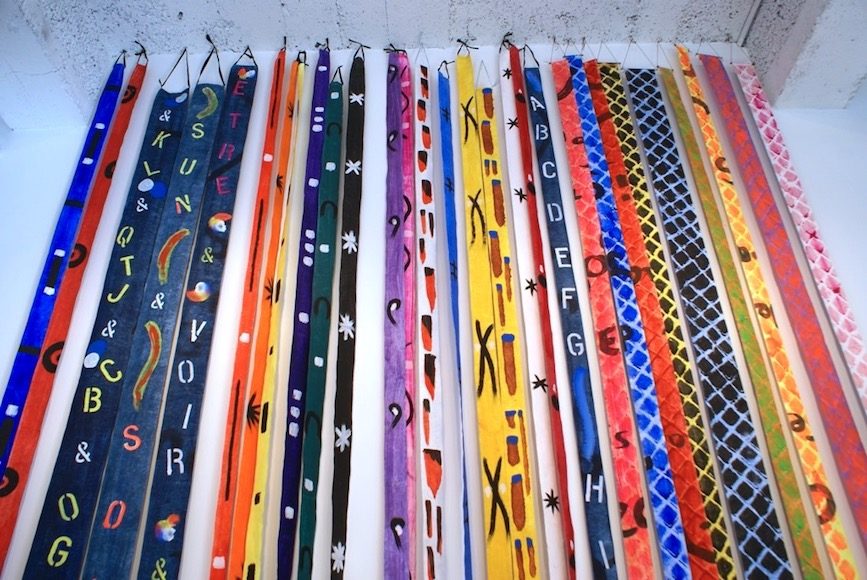
Heads and Tails: Hommage to Merce
Solo exhibition by Jackie Matisse
Installation view
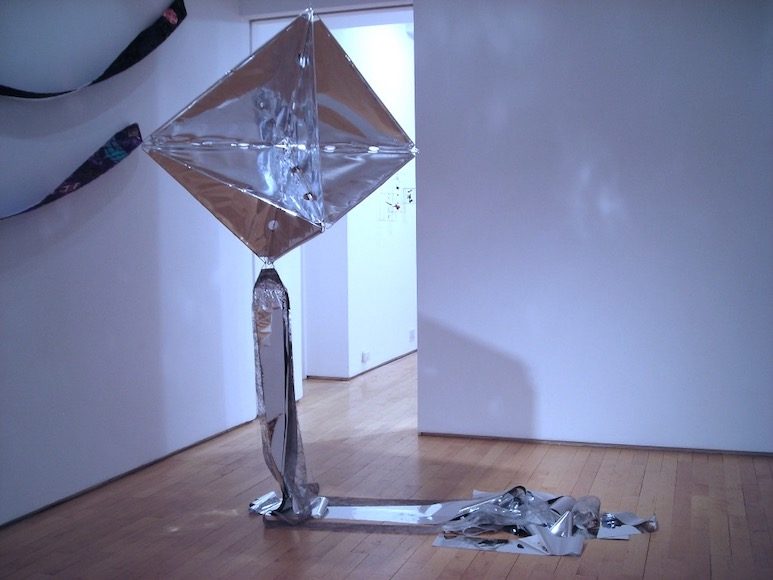
Heads and Tails: Hommage to Merce
Solo exhibition by Jackie Matisse
Installation view
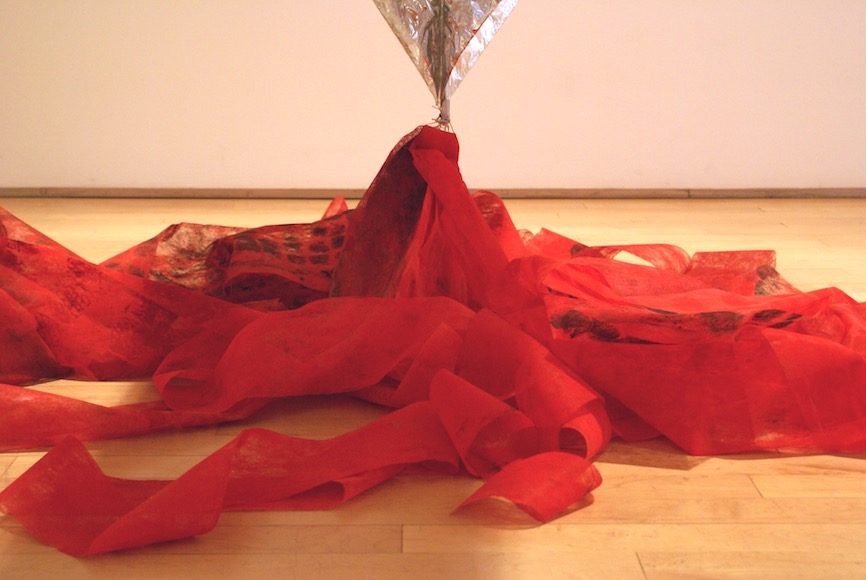
Heads and Tails: Hommage to Merce
Solo exhibition by Jackie Matisse
Installation view
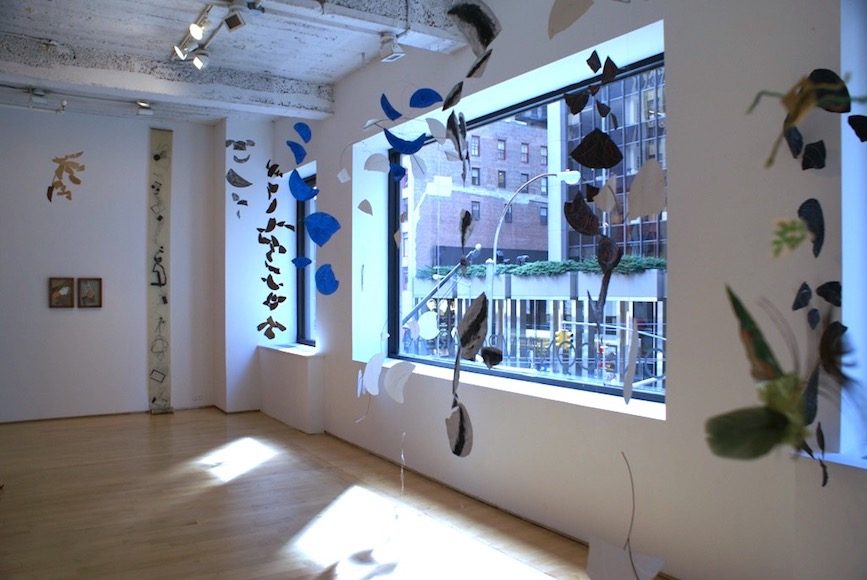
Heads and Tails: Hommage to Merce
Solo exhibition by Jackie Matisse
Installation view
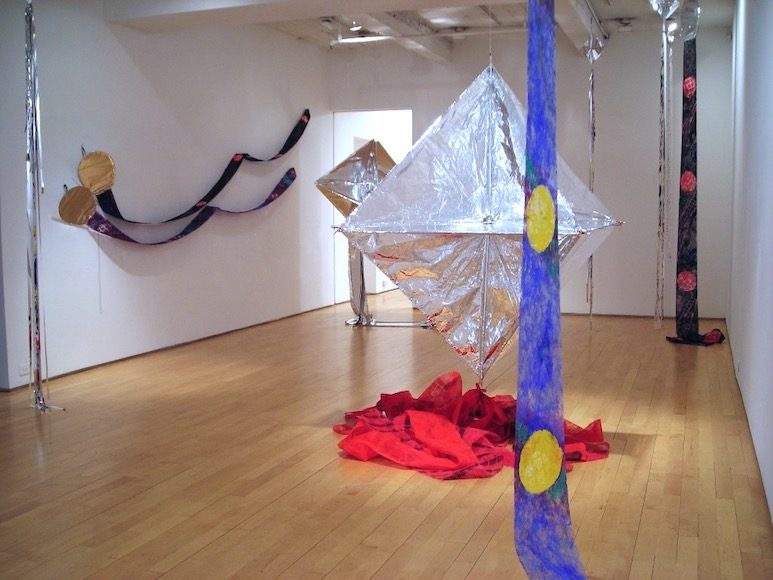
Heads and Tails: Hommage to Merce
Solo exhibition by Jackie Matisse
Installation view
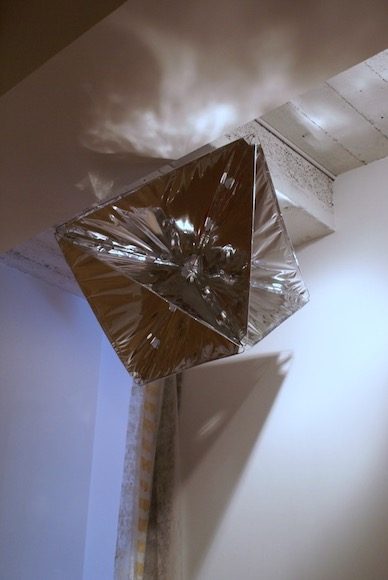
Heads and Tails: Hommage to Merce
Solo exhibition by Jackie Matisse
Installation view
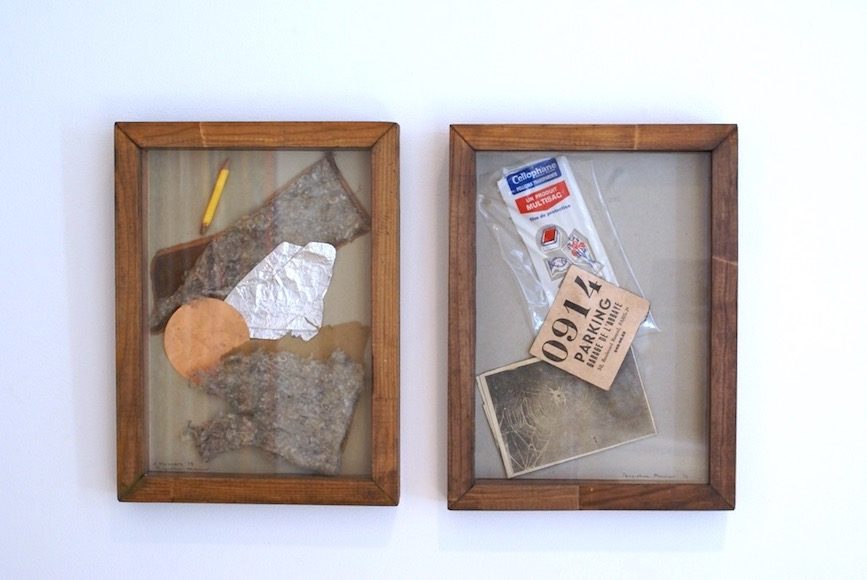
Heads and Tails: Hommage to Merce
Solo exhibition by Jackie Matisse
Installation view
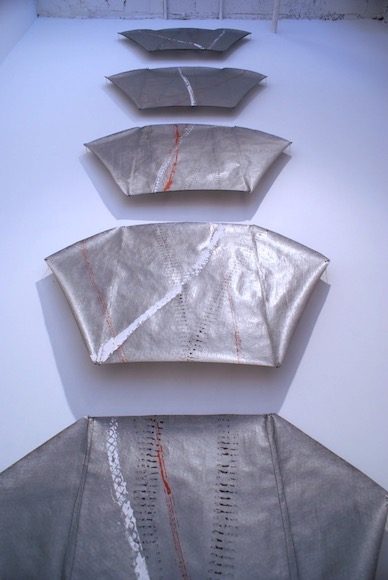
Heads and Tails: Hommage to Merce
Solo exhibition by Jackie Matisse
Installation view
I am proud to present Jackie Matisse’s Heads and Tails: Hommage to Merce, her second solo show at ZONE: CONTEMPORARY ART. The exhibition encompasses a wide range of her art–her signature kites, assemblages, memory bottles, and works on paper–and features a unique re-imagining of her theater design for the late choreographer Merce Cunningham. Jackie Matisse’s work is an exploration of movement. Her hand-painted, kinetic mobiles may be anchored to “points in space,” to borrow a phrase from Merce, but they defy gravity, flying on ambient currents of air. The principle of fluidity, of metamorphosis, is a touchstone of a particular strain of modernism. Merce’s collaborators– John Cage, Robert Rauschenberg, Jasper Johns, and Andy Warhol, among others-retained creative autonomy: music, visual elements, and choreography came together only with their first performance. The improvisational process continued when the different work were recombined in Events and Happenings.
In honor of this intuitive and open-ended ethos, Jackie Matisse has reinstalled her décor for Merce (Events, Joyce Theater, 2004) in the main gallery. Usually, Jackie exhibits the eccentrically shaped, sometimes sculptural heads and banner-like tails of her kites separately. ZONE is offering a rare opportunity to see the richly colored 26-feet-high kites, as the mysterious, totemic figures whose fluttering movements interacted with the human performers. Gallery visitors can use artist-painted fans to stir up the air currents and bring the tableau to life. They will experience the art in a new way: not as a stage picture from the audience’s perspective, but moving through the floating heads and tails, like dancers. The ZONE installation becomes an Event, in which the décor from a repertory piece is adapted to a particular space and occasion. Jackie also flies her kites in a form of performance art that celebrates the chance operations of nature, using what she calls “the canvas of the sky” to create “Art Volant” (flying art). Jackie recalls “listening to and watching Merce trying out new ideas and rhythms” and experiencing his performances as a dancer: “like an explosion of legs, arms, chest, head, flying over the stage, advancing then retreating.” This rhythm, the tension of coil and release, governs the dynamism of dancers and kite-flyers.
Capturing the ephemeral is part of an important modernist tradition, a tradition that Jackie Matisse knows intimately. Growing up in Paris and New York among artists, she assisted her stepfather, Marcel Duchamp, in assembling his portable museum, the Boite-en-Valise, and has worked with artists from many disciplines throughout her career. Jean Tinguely was another mentor, and the influence of Tinguely’s motorized contraptions can be seen in Jackie’s low-tech clockworks to mechanically operate her kites in the indoor spaces. Continuing the magpie-collecting habits of the Surrealists, the Fluxus artists and John Cage, she finds unexpected resonance in objets trouvés. She uses broken ceramic shards as both stencils for flat shapes and assemblage pieces. The most haunting of these works are her memory bottles, temporal reliquaries in which she suspends tiny, personally significant objects and fragments, literally capturing time in a bottle. Often, she uses single strands of hair from friends and family to string these fetishes, which have the evocative power of Voodoo spirit flasks. Like kite strings, such threads simultaneously tether us to the earth, the past and our physical beings while allowing our imaginations to soar.
Jennifer Baahng
September 24 – November 20, 2009
Opening reception:
Thursday September 24th, 2009
6-8pm
The elegiac freedom and sweep of Jackie Matisse’s work is about movement and a floating lightness, which is particularly poignant as a tribute to the life of Merce Cunningham.
Evanescent as dance, using the most ephemeral materials, Jackie Matisse has reversed the artist’s painterly color exploration by breaking down the prismatic color field, to send her canvas aloft into the sky to be viewed against light. Using the kite as her medium, her work takes its place within the binary poles of folk craft and the mythic and soars into the experimental.
“Heads and Tails” refers to the two parts of the kite. If the head, the kite itself, functions as a canvas and color field, it is the focus of her manipulation of sunlight in all its transformative possibilities: from transparency and shading to total occlusion. On the other hand, the tails of the kites, serving both as rudders and anchors, in Jackie Matisse’s hands are transformed into complex mobiles. In “Vacuovelodrome d’Alfred Jarry” (2003), four tails of white sailcloth with shadows and moons come together in a pas de deux and form an exacting and surprising dance. Whereas the grey fiber kites “Poux du Ciel” (2004), made in multiples for Merce’s performance, evoke a different type of movement, with bicycle tire prints running over and through the painted surfaces and giving a visual clue to speed and distance covered. Wind driven, the kite’s flying line connects the human hand with the elements; her work joins the physical and spiritual. In the Middle East and Asia, the kite takes the form of both real and mythic creatures—insects, birds, fish, reptiles, as well as dragons and angels—linking them to the forces of the elements with all their cosmic implications.
Jackie Matisse, like the Conceptualists and Flexus artists, turned away from making art as a commercial commodity. In 1970 she became associated with an international group of visual artists who used kites and related airborne objects in their work and later proclaimed the Art Volant Manifesto emphasizing the use of simple unorthodox material with works that were immediate, accidental and transitory. They viewed kiting as participatory, kinetic performance art. As seen in “9 jours de trottoirs” (1980), the collection of haphazard detritus taken from the sidewalk over nine days is transformed by the artist into the materials of tails and exhibited along with two collage boxes. These works are in contrast to the time element implied by her “New York bottles” (1999-2005), which use found objects representing a person, place, or event and are tied by a single hair, immersed in liquid, and sealed. In these works her economical use of the humblest materials—feathers, newspaper, string, and orange peels—come together to somehow form an almost alchemical kind of visual poetry.
She constantly pushed her work into other elements, as when she submerged her kites. This work is the subject of the 1984 video “Sea Tails” and the 1985 video “Tailing a Dream” by Molly Davies, with a score by David Tudor, in which the underwater motion of kites made of sailcloth alternates with their airborne counterparts. But perhaps one of Jackie Matisse’s most extraordinary experiments was exploring the physical properties of flying kites in virtual reality, with audience participation. In collaboration with David Pape, Jackie Matisse created “Kites Flying In and Out of Space” (2005), a flat screen, interactive, stereoscopic installation that pushed her work into supercomputing and virtual reality. Among all its aesthetic properties, the kite in perpetual random motion is always an object of chance, which particularly interested Jackie Matisse and its connection to the work of John Cage and Merce Cunningham. Chance, a subject of preoccupation ever since the poet Mallarmé’s illuminating: “A throw of the dice will not abolish Fate.” In memory of Merce she presents a group of painted mobiles in shades of grey, midnight blue, brown, and dark burgundy; three mobiles of illuminated blue broken moons offer a celebration of his life.
Her affinity with and curiosity about the intervention of chance and randomness is a bond she shared with Merce Cunningham, so eloquently presented in this exhibition. Jackie Matisse has not only inherited a master’s sense of color and form, but also the ability to transform her material and ideas into a completely personal world view. A world supported by wind and light, and informed with the illumination of poetry.
Charles Ruas, 2009
Related:
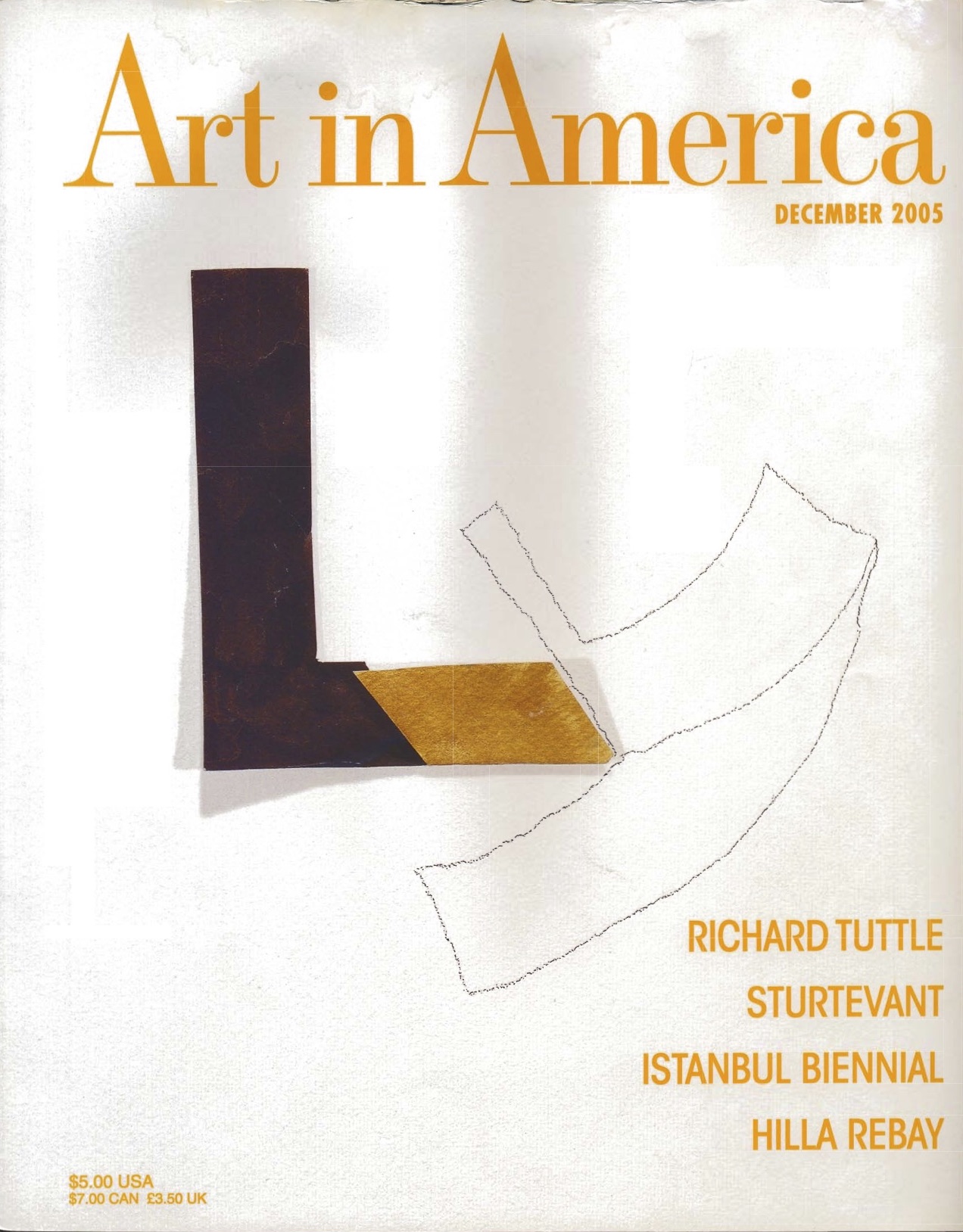
“Airborne Abstraction”, ART IN AMERICA reviews Jackie Matisse’s exhibition
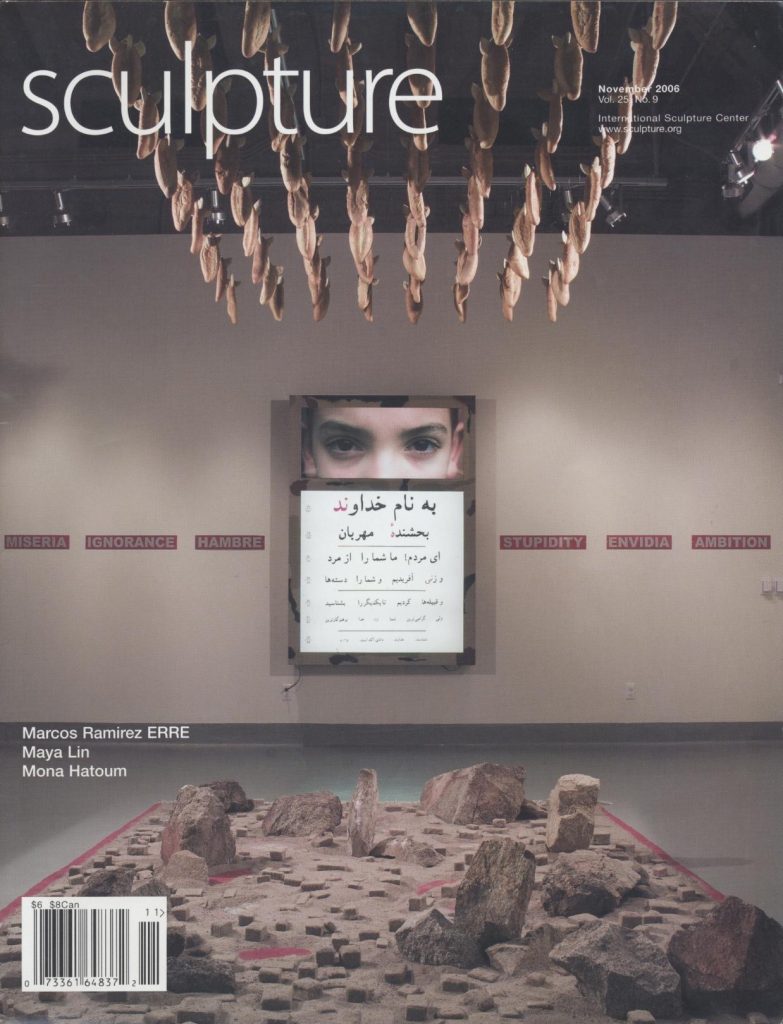
SCULPTURE MAGAZINE review on Jackie Matisse
Categories: exhibitions
Tags: Jackie Matisse
